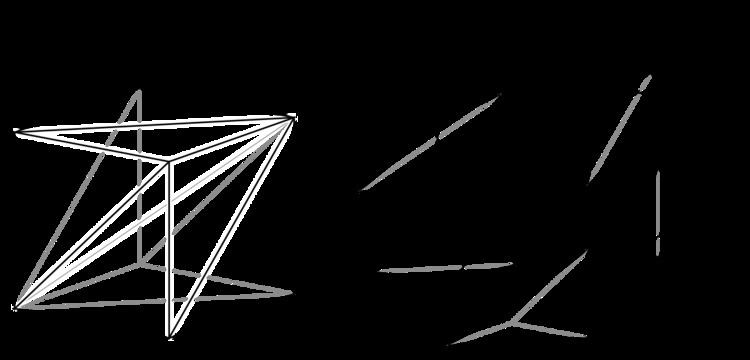 | ||
In geometry, Schläfli orthoscheme is a type of simplex. They are defined by a sequence of edges
Orthoschemes, also called path-simplices in the applied mathematics literature, are a special case of a more general class of simplices studied by Fiedler (1957), and later rediscovered by Coxeter (1991). These simplices are the convex hulls of trees in which all edges are mutually perpendicular. In the orthoscheme, the underlying tree is a path. In three dimensions, an orthoscheme is also called a birectangular tetrahedron.
